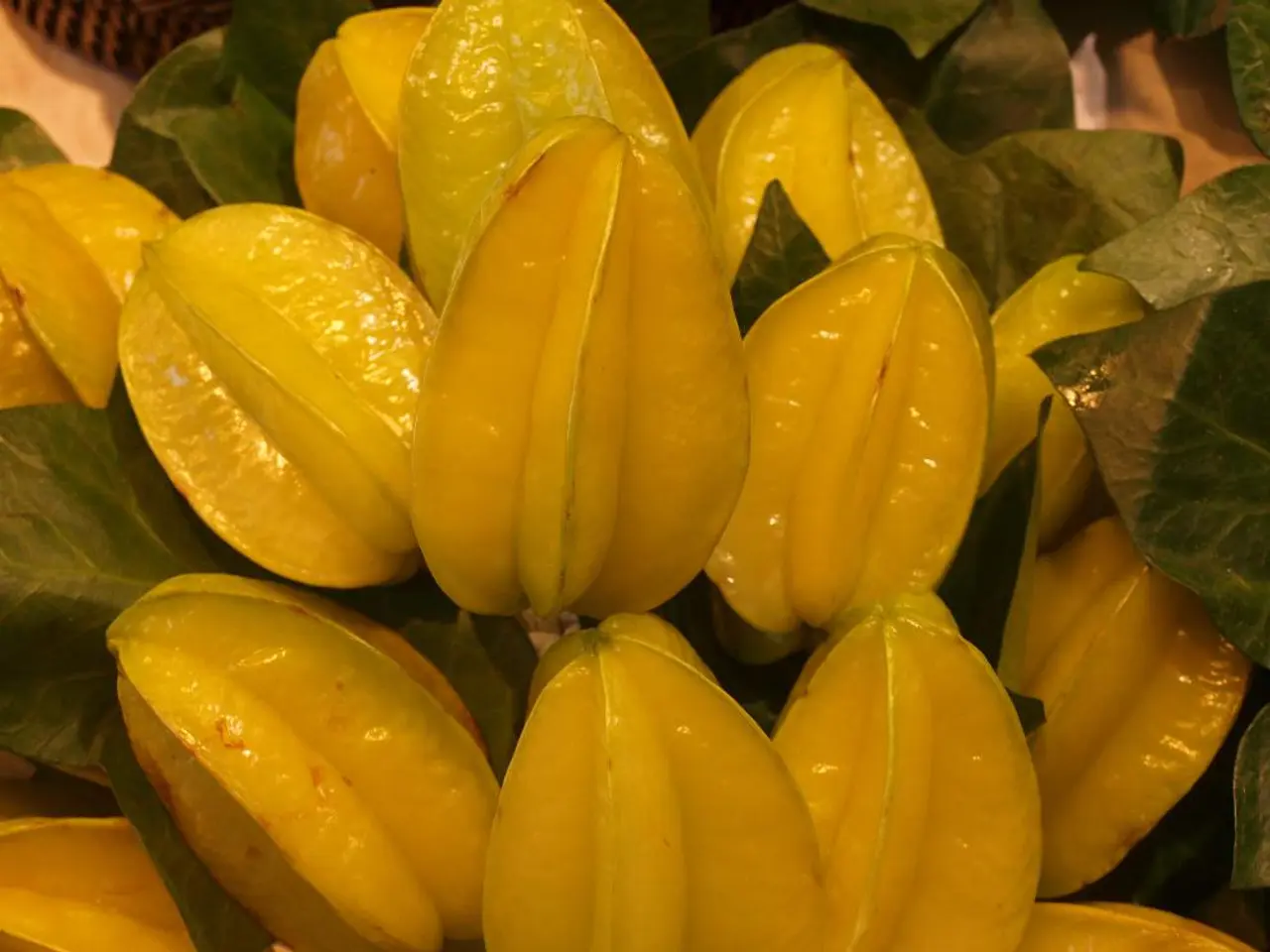Wild Himalayan Fruit, Hisalu, Hold Potential for Financial Enrichment of Farmers and Combating Deadly Diseases
A Promising Natural Treatment for Kala-azar Discovered: The Golden Himalayan Raspberry
Recent research has identified a wild Himalayan fruit, Hisalu (Rubus ellipticus), as a potential natural treatment for kala-azar (visceral leishmaniasis). A study led by Professor Ashok Kumar at Nehru University, published in the journal Current Research in Parasitology & Vector-Borne Diseases, has shown that Hisalu fruit and leaf extracts effectively kill the parasites causing kala-azar by disrupting their lifecycle[1].
The research, conducted between 2021 and 2024, reveals that experimental mouse trials demonstrated a clear decline in parasite levels in mice treated with Hisalu extract[1]. While the current evidence primarily comes from laboratory and animal studies, no published clinical trials in humans have yet been reported. The study suggests potential but still requires clinical validation for dosage, safety, and efficacy in humans[1].
Hisalu, also known as the Golden Himalayan Raspberry, is located in Uttarakhand's lush forests. Traditionally, it has been consumed by locals as a seasonal fruit and used in folk remedies, but its potential for treating serious infections was largely unknown[1].
If proven safe, Hisalu could revolutionize kala-azar treatment, particularly in rural and economically challenged areas. Its affordability, ease of production, and sustainability make it an attractive alternative to existing treatments, which are often expensive and have serious side effects[1].
Hisalu is naturally rich in essential nutrients such as potassium, calcium, magnesium, iron, and dietary fiber, making it beneficial for maintaining a healthy body[1]. It is also known for its antimicrobial, anti-inflammatory, and antioxidant properties, and is rich in Vitamin C, Vitamin E, and antioxidants that help boost immunity and protect cells from damage[1].
The success of Hisalu research is part of a larger shift toward using nature-based remedies for serious health issues. The continued research on Hisalu brings hope for a new, safer treatment for kala-azar. The rise of interest in herbal medicine could lead to more research into nature-based solutions for serious health issues[1].
The study was supported by the Department of Science and Technology. The potential of Hisalu as a powerful weapon against kala-azar represents the intersection of tradition and innovation in modern medicine[1]. The success of Hisalu could pave the way for further research into other wild plants with hidden healing properties[1].
In summary, Hisalu shows strong potential as a cost-effective, natural antileishmanial agent with promising laboratory results but currently lacks clinical trial data and comprehensive safety evaluations in humans. Further research, including human clinical trials, is needed to establish its role definitively[1]. If proven safe, Hisalu could offer multiple benefits to rural areas, including an affordable alternative to expensive kala-azar treatments, a locally available natural resource, potential income boost for farmers, and improved overall health beyond kala-azar treatment[1].
- The discovery of Hisalu, a wild Himalayan fruit, as a potential natural treatment for kala-azar opens up possibilities in the field of environmental science, as more research could uncover other plants with healing properties.
- As both a rich source of essential nutrients and known for its antimicrobial, anti-inflammatory, and antioxidant properties, Hisalu could play a significant role in health-and-wellness and fitness-and-exercise, contributing to overall well-being and immunity.
- The success of Hisalu within the domain of science, specifically in space-and-astronomy, broadens the understanding of the cosmos, symbolizing the harmony between environmental-science, traditional wisdom, and innovative medicine.




